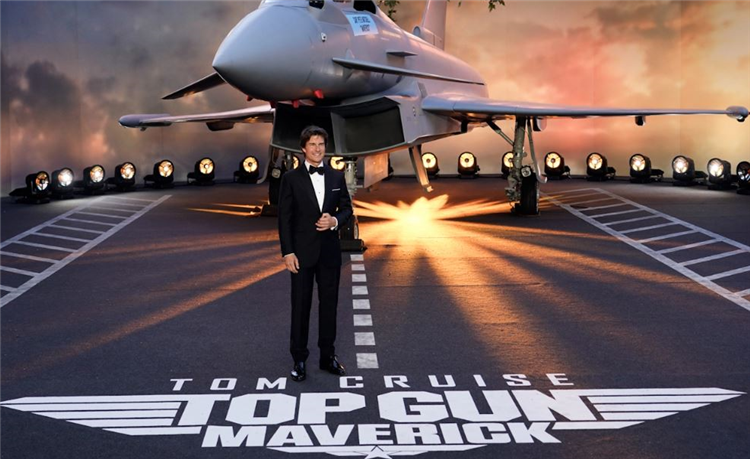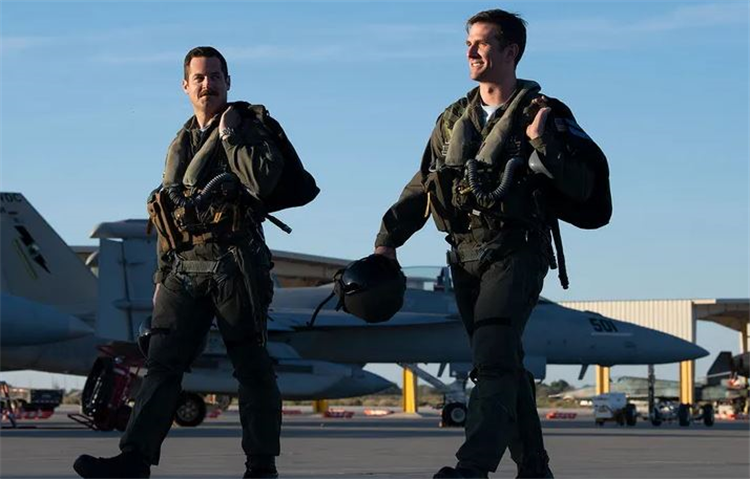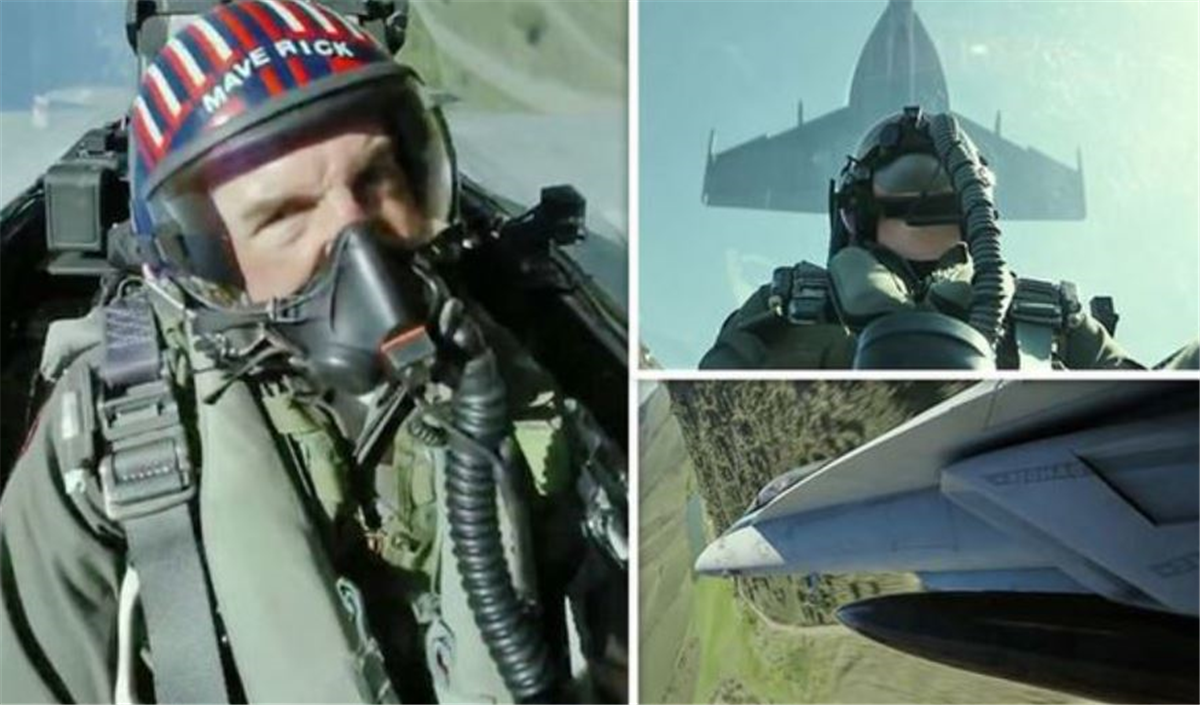A fighter pilot assesses the accuracy of Top Gun: Maverick’s ending sequences. Directed by Joseph Kosinski, Top Gun: Maverick, which was released in 2022, served as a sequel to Tony Scott’s Top Gun, originally released in 1986. This sequel brought back Tom Cruise to reprise his role as Pete “Maverick” Mitchell, as he returns to train younger pilots for a dangerous mission. Aside from Cruise and Val Kilmer, who also appeared in the original movie, the other Top Gun: Maverick cast includes new faces like Jon Hamm, Glen Powell, Monica Barbaro, Lewis Pullman, and Ed Harris.
Now, in a recent video by Insider, retired Top Gun instructor Dave Berke breaks down Top Gun: Maverick’s ending and rates it for its realism.

Berke points out that flares can help against infrared missiles. However, the missiles that were shot in the movie’s ending sequences were radar-guided missiles and so, flares that were released by Cruise in the scene would not have helped to stop or prevent them. Read his full comments below:
“Flares work against infrared missiles, one that looks for heat signatures and the flare is designed to mask or cover your engines. The missiles being shot at this scene are radar guided missiles. It looked really cool in the scene but those flares would have no effect on the missiles being shot at them because they’re not looking for heat signatures.
Having to dodge a missile is a really tough thing to do and often doesn’t work out in our favor. The ideal situation before we’re getting shot is to avoid that missile detection situation or try to take out the radar that’s targeting you so while those missiles might be there, the radars that’s guiding those missiles, if we can take that out, we render those missiles useless. I give this scene 7 for realism.”
Top Gun: Maverick Managed To Get Most Things Right
It’s Thanks, In Part, To Tom Cruise

Despite the inaccuracies that Berke points out above, this sequel managed to get a lot more things right than wrong. Similarly to Tony Scott’s original release, Cruise and Kosinski opted for mostly realistic action scenes in Top Gun: Maverick, using CGI on only rare occasions. This meant that Cruise, along with a number of the other cast members, really flew in their jets while accompanied by trained Navy pilots for their aerial sequences.
To successfully achieve this, Cruise developed a three-month, intensive training program for his co-stars prior to filming. This program, which included various tests and rigorous physical training, helped prepare the actors to fly in a real F/A 18 Super Hornet when it was time for production. The decision to shoot mostly realistic sequences was made to give viewers a more believable experience.
This extensive and grueling filming and production process massively paid off for Top Gun: Maverick. The belated sequel instantly got a great reception from critics and audiences alike, who praised the movie’s enthralling airborne combat and sequences as well as the star’s performances. While the movie does get a few things wrong, just like Berke points out, it didn’t matter in the grand scheme of things as the movie went on to become the second-highest-grossing film of 2022, and it also received numerous accolades from notable awards shows.
